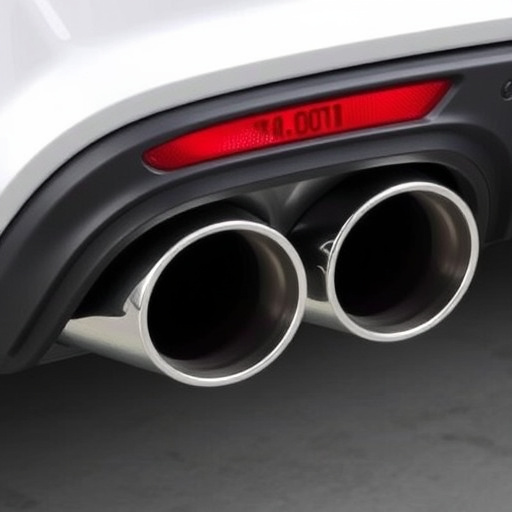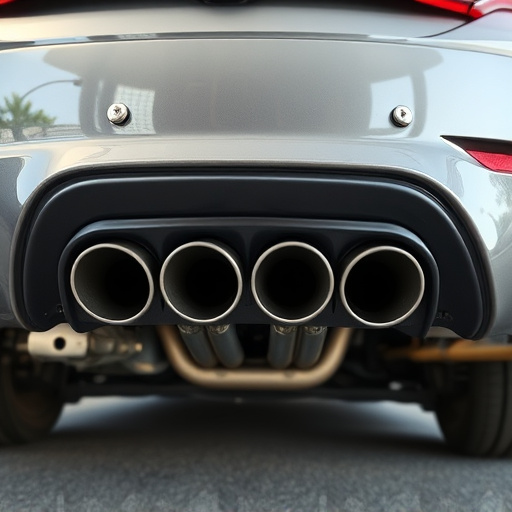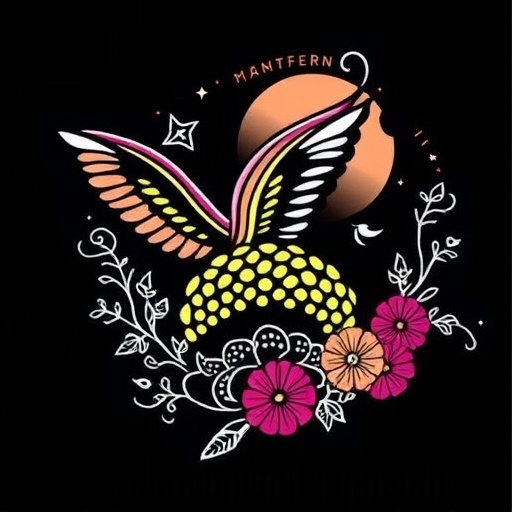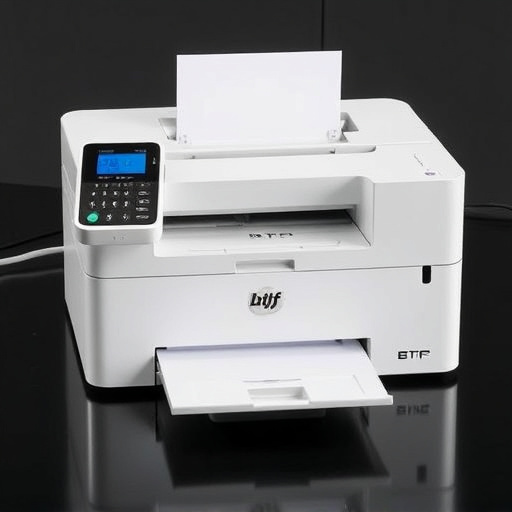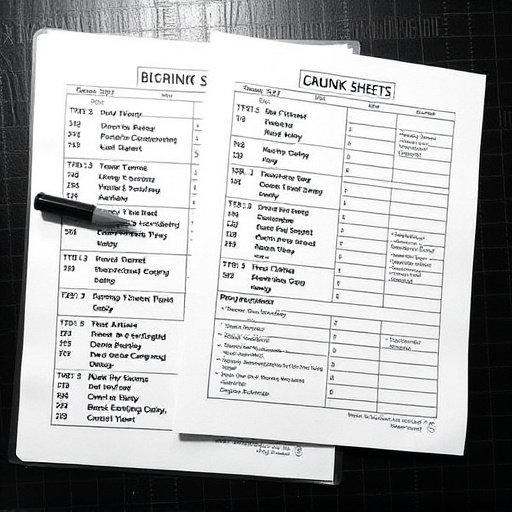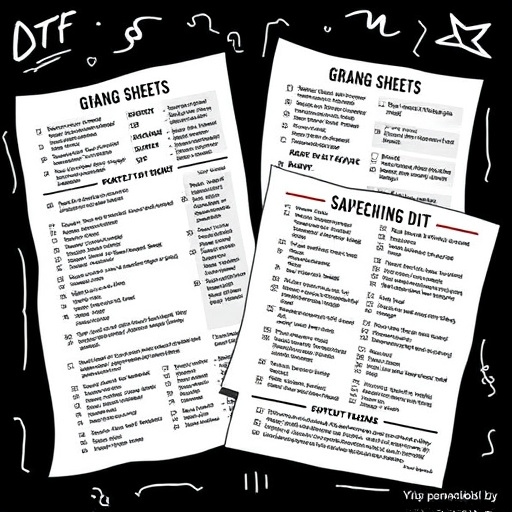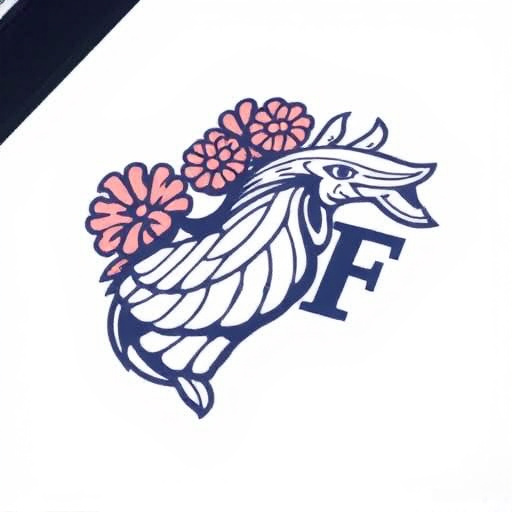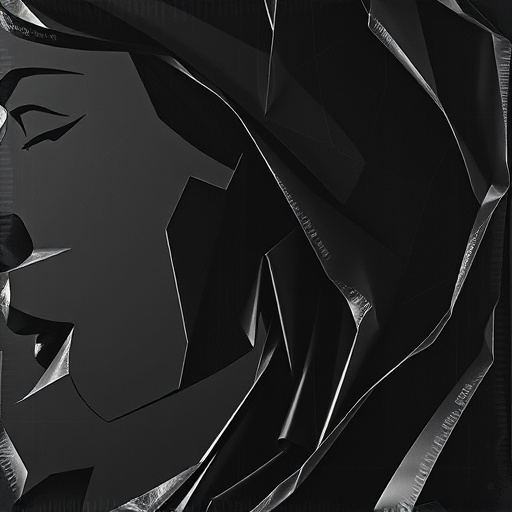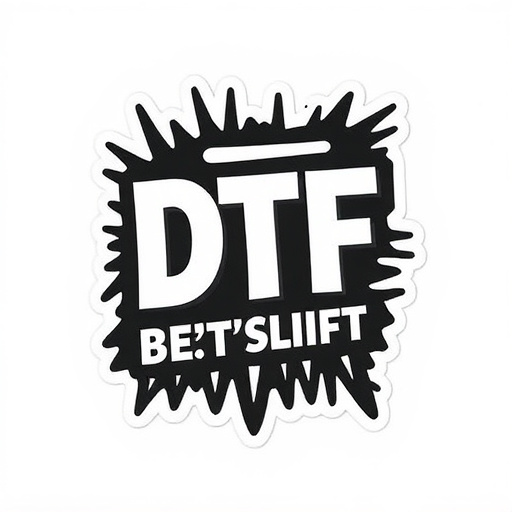DTF (Direct to Fabric) Print Sheets are transforming custom apparel creation, offering precise, efficient printing directly onto fabric. To maximize their potential, follow specific guidelines for file format (PNG/JPG), resolution (300 DPI or higher), and color mode (CMYK). Benefits include sharp lines, rich colors, and professional finishes on shirts and other fabric products, enhancing productivity with quick turnaround times. Conduct final checks on artwork submissions to avoid issues like missing elements, incorrect settings, and ensure exceptional print quality using standard file formats like PDF or AI.
Looking to prepare artwork files for DTF (Direct-to-Film) print sheets orders? This comprehensive guide covers everything you need to know. We’ll walk you through understanding DTF print sheet requirements, optimizing your artwork for seamless printing, and performing final checks before submission. By following these steps, ensure your designs are spot-on for high-quality DTF print sheets production.
- Understanding DTF Print Sheets and Their Requirements
- Preparing Your Artwork for Optimal Printing
- Final Checks and File Submission Guidelines
Understanding DTF Print Sheets and Their Requirements
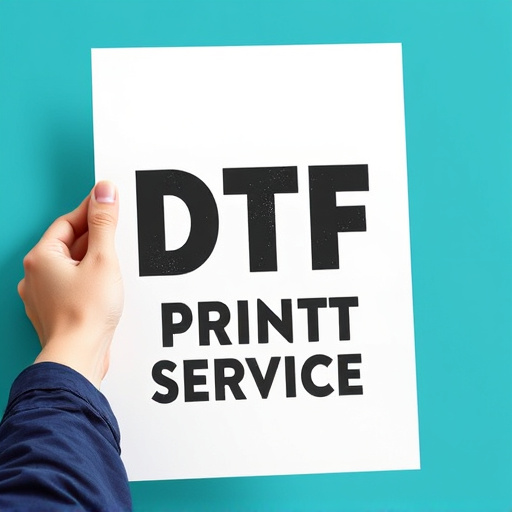
DTF (Direct to Fabric) Print Sheets are a game-changer for custom apparel and merchandise creation. They offer a precise and efficient way to print designs directly onto fabric, enabling professionals and enthusiasts alike to produce high-quality, vibrant DTG printed shirts and other textile items. Understanding the specific requirements of DTF Print Sheets is crucial for ensuring optimal results.
These sheets are designed with a unique dtf transfer film that allows for detailed and accurate color reproduction. When preparing artwork files, it’s essential to adhere to the correct dtf application instructions, including file format (typically PNG or JPG), resolution (300 DPI or higher), and color mode (CMYK). By doing so, you’ll achieve sharp lines, rich colors, and a professional finish on the final DTG printed shirts or other fabric products.
Preparing Your Artwork for Optimal Printing
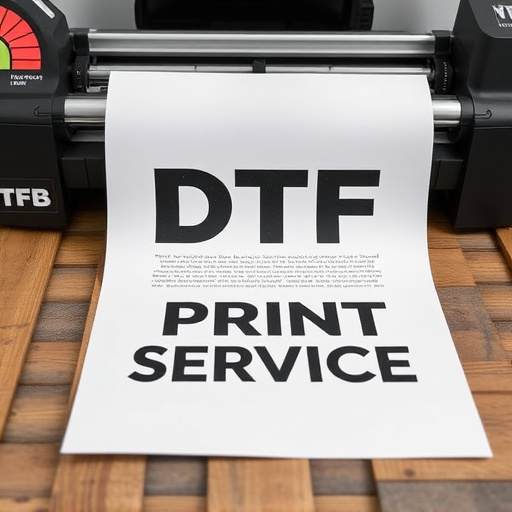
Final Checks and File Submission Guidelines
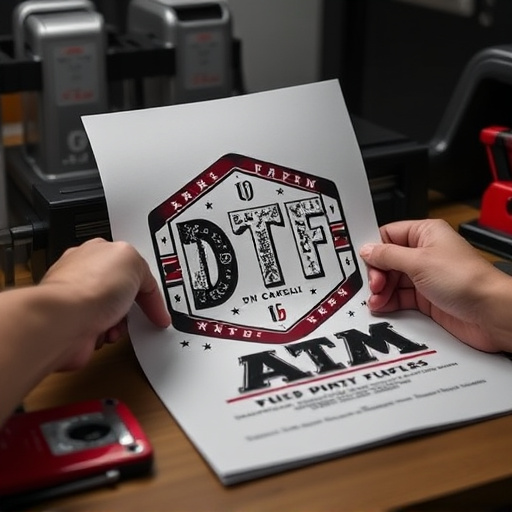
Before submitting your artwork for DTF Print Sheets orders, it’s crucial to perform a series of final checks to ensure optimal print quality. Review your files for any potential issues such as missing or low-resolution elements, incorrect color modes, and proper bleed settings. These factors are essential for achieving crisp, professional results.
When preparing your artwork for DTF custom orders, including custom DTF gang sheets or DTF artwork transfers, adhere to specific file submission guidelines. Use industry-standard file formats like PDF or AI, ensuring all fonts are embedded and paths are flattened. Provide print-ready files with a minimum resolution of 300 DPI for optimal output. Additionally, double-check that your designs align perfectly with the sheet size specifications provided by your printer to avoid any last-minute surprises.
When preparing artwork files for DTF Print Sheets orders, it’s crucial to follow best practices for optimal printing. By understanding the specific requirements of DTF Print Sheets and meticulously checking your artwork before submission, you can ensure that your designs are not only visually stunning but also accurately reproduced on the final printed products. Remember to adhere to the file submission guidelines provided by the printer to guarantee a smooth and successful print process.


